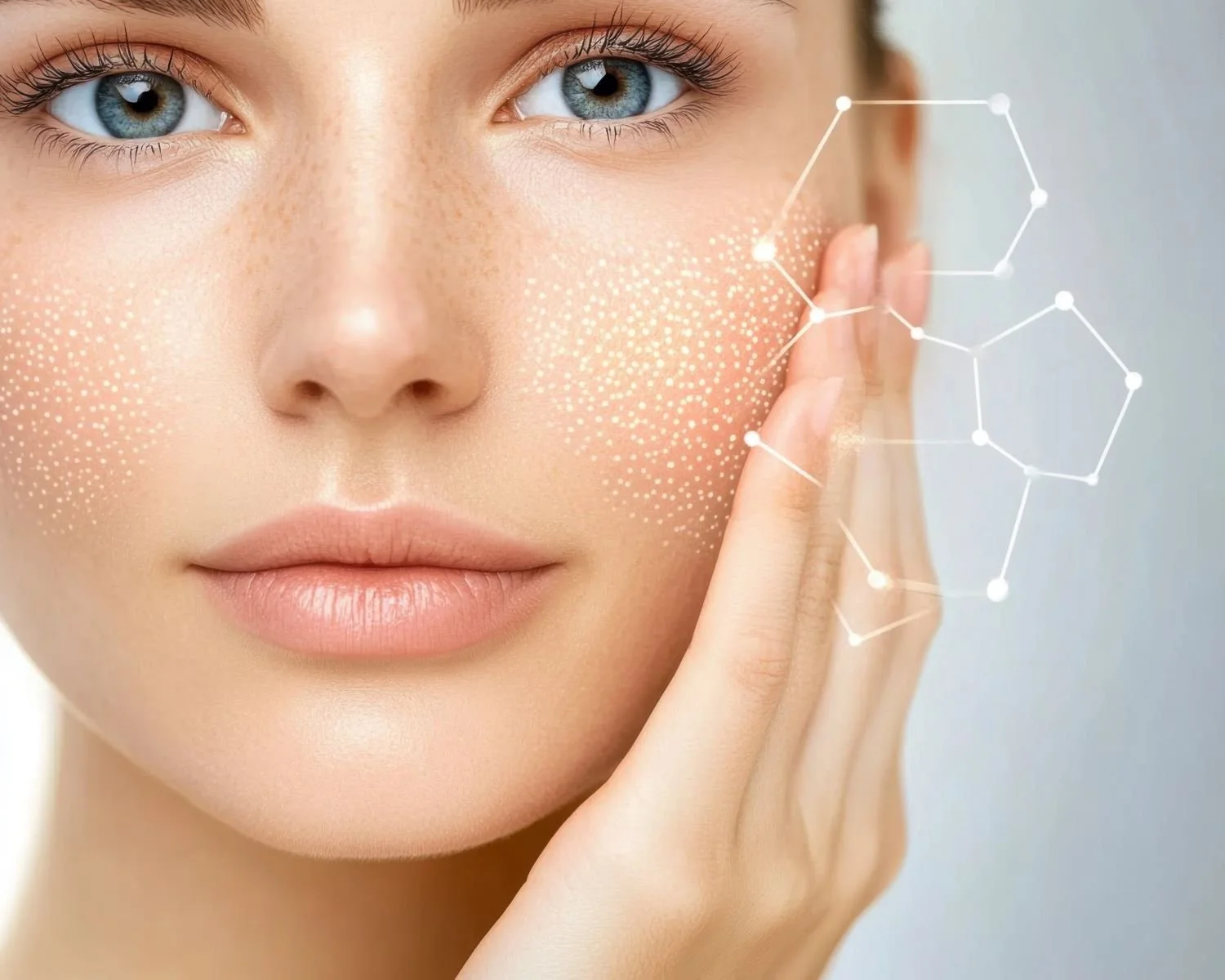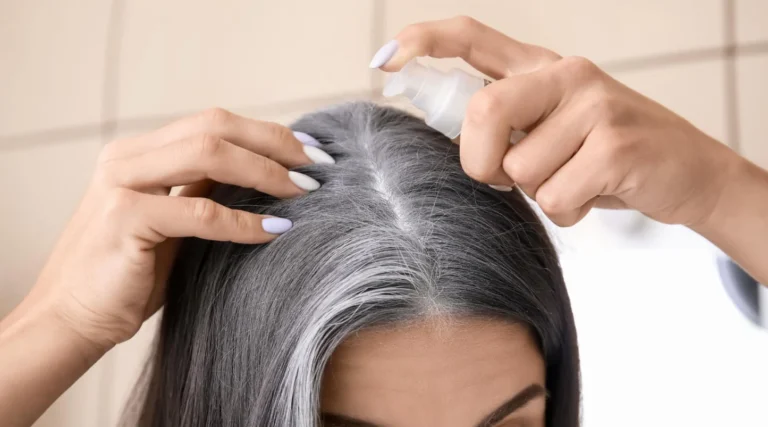Hyperpigmentation is one of the most common skin concerns worldwide, affecting millions of people across different ages and ethnicities. Dark spots, melasma, and post-inflammatory hyperpigmentation (PIH) often persist for months or years, making consumers eager for solutions that are both safe and effective.
For decades, hydroquinone dominated as the gold standard for pigmentation care. However, strict regulations and safety concerns surrounding hydroquinone left formulators searching for alternatives. This gap created an opportunity for Tranexamic Acid (TXA), a molecule first developed as an antifibrinolytic drug, now repurposed as one of the most reliable brightening ingredients in dermatology and cosmetics.
Because TXA offers strong efficacy, excellent tolerability, and broad compatibility with other actives, it has quickly become a rising star. In fact, consumer interest in TXA has surged, making it one of the most searched cosmetic actives on PubMed and Google Trends.
Mechanism of Action: How TXA Works on Skin
Unlike some actives that target pigmentation through a single pathway, TXA works on multiple biological levels:
- Inhibition of plasmin activity → By blocking plasmin, TXA interrupts melanocyte-stimulating signals, preventing excess melanin production.
- Reduction of prostaglandins and arachidonic acid → This lowers inflammation-driven pigmentation that often follows acne or UV exposure.
- Tyrosinase suppression → TXA indirectly reduces melanin synthesis by limiting melanocyte activation.
- Barrier support → By calming inflammation, TXA strengthens the skin barrier and decreases the risk of pigmentation recurrence.
As a result, TXA effectively addresses melasma, PIH, and UV-induced dark spots — three of the most persistent pigmentation issues in skincare.
Scientific Evidence: Why Chemists Trust TXA
The value of TXA lies not only in theory but also in extensive research.
- A 12-week clinical trial found that a 3% TXA serum significantly reduced melasma severity compared to placebo (Journal of Cosmetic Dermatology, 2020).
- Another review concluded that 2–5% topical TXA improves melasma, PIH, and UV-related pigmentation across multiple skin types (International Journal of Dermatology, 2019).
- Researchers also confirmed TXA’s synergistic benefits when paired with niacinamide, kojic acid, or retinoids, enhancing both skin clarity and barrier health (Dermatologic Therapy, 2018).
Therefore, TXA stands as one of the most evidence-based brightening actives currently available, supported by dermatology and cosmetic science alike.
INCI & Formulation Considerations
- INCI Name: Tranexamic Acid
- Typical Usage: 2–5% in topical formulations
- pH Stability: Best between 5.0–7.0
- Solubility: Water-soluble, may need chelating agents for clear serums
- Synergistic Pairings:
- Niacinamide → for barrier support and tone evening
- Kojic Acid → for dual-pathway melanin control
- Retinoids → for enhanced cell turnover
- Peptides → for skin renewal and repair
- Stability Tips: Encapsulation or liposomal delivery improves penetration and reduces crystallization at higher concentrations
By following these guidelines, formulators can design TXA products that are elegant, effective, and consumer-friendly.
Cosmetic Applications
Because of its flexibility, TXA appears in a wide range of cosmetic formats:
- Targeted Dark Spot Serums – Focused treatment of pigmentation spots
- Melasma Care Creams – Daily-use creams paired with antioxidants for flare-up prevention
- Brightening Ampoules – Intensive treatments with higher TXA concentrations
- Combination Serums – TXA with Niacinamide or Kojic Acid for multi-pathway brightening
Moreover, TXA’s water solubility and stability in mid-range pH systems make it highly adaptable across textures — from gels to lotions and emulsions.
Consumer Benefits
From a consumer perspective, TXA delivers both visible results and a sense of safety. Benefits include:
- Reduction in the appearance of dark spots and melasma
- Improved skin tone evenness and clarity
- Diminished post-acne and inflammation-related marks
- A gentler, safer alternative to hydroquinone
- Compatibility with sensitive skin in well-designed formulations
Because consumers increasingly demand products that balance results with tolerability, TXA is positioned as a go-to active for long-term brightening routines.
Since tranexamic acid (TXA) often performs best as part of a multi-active system, it pairs naturally with other cosmetic actives. For example, n-Niacinamide enhances barrier strength and brightening synergy. Meanwhile, Micellar Hyaluronic supports hydration and delivery optimization. Finally, SH-Shellcare AZE Plus (Azelaic Acid) offers a dual approach for acne management and pigmentation care.
Together, these combinations demonstrate how TXA can anchor more advanced, multi-pathway formulations.
Formulation Tips for Chemists
When working with TXA, chemists should:
- Use chelating agents such as EDTA for clarity in serum formulations.
- Add TXA during the cool-down phase to preserve stability.
- Consider encapsulation or nanocarriers to improve penetration.
- Avoid overly acidic systems (e.g., high-concentration AHAs), which may reduce TXA’s efficacy.
These strategies ensure that TXA remains stable, active, and effective in a wide range of cosmetic applications.






